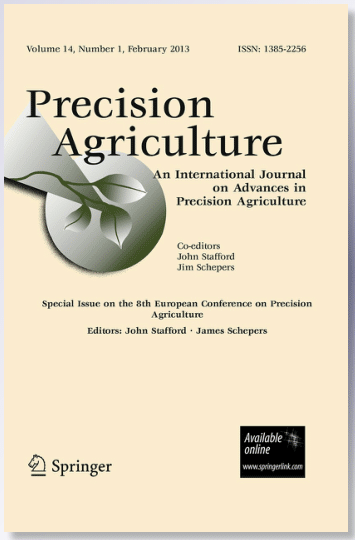The use of UAVs (Unmanned Aerial Vehicles) equipped with sensors such as laser scanners offers an alternative to conventional, labor-intensive manual measurements in agriculture, as they enable precise and non-destructive field surveys.
This paper evaluates the use of UAV-based laser scanning (RIEGL miniVUX-SYS) for estimating the crop height and the plant area index (PAI) of winter wheat. (Methods) It further introduces a novel ground classification method, enhancing early growth stage classification through sensor attributes like intensity and pulse shape deviation.
The crop height estimation shows a high \(R^2\) score with \(99.69~\%\) but a systematically lower estimate with a mean absolute error of 7.4 cm. The potential of PAI derivation is analyzed with three different estimation strategies and provides an overview and limitations of the approach. Additional weighting based on the scan angle and the adaptation of the extinction coefficient present results with \(R^2\) of \(97.66~\%\) and a mean absolute error of 0.25.
The investigation discusses further the impact of the calculated gap fraction, which describes the ratio of laser beams penetrating through the crop canopy in comparison to the total number of measurements.


